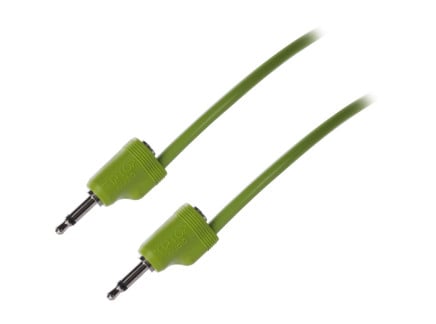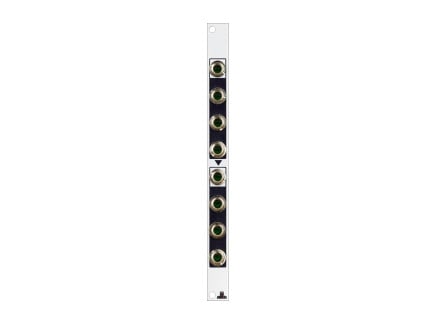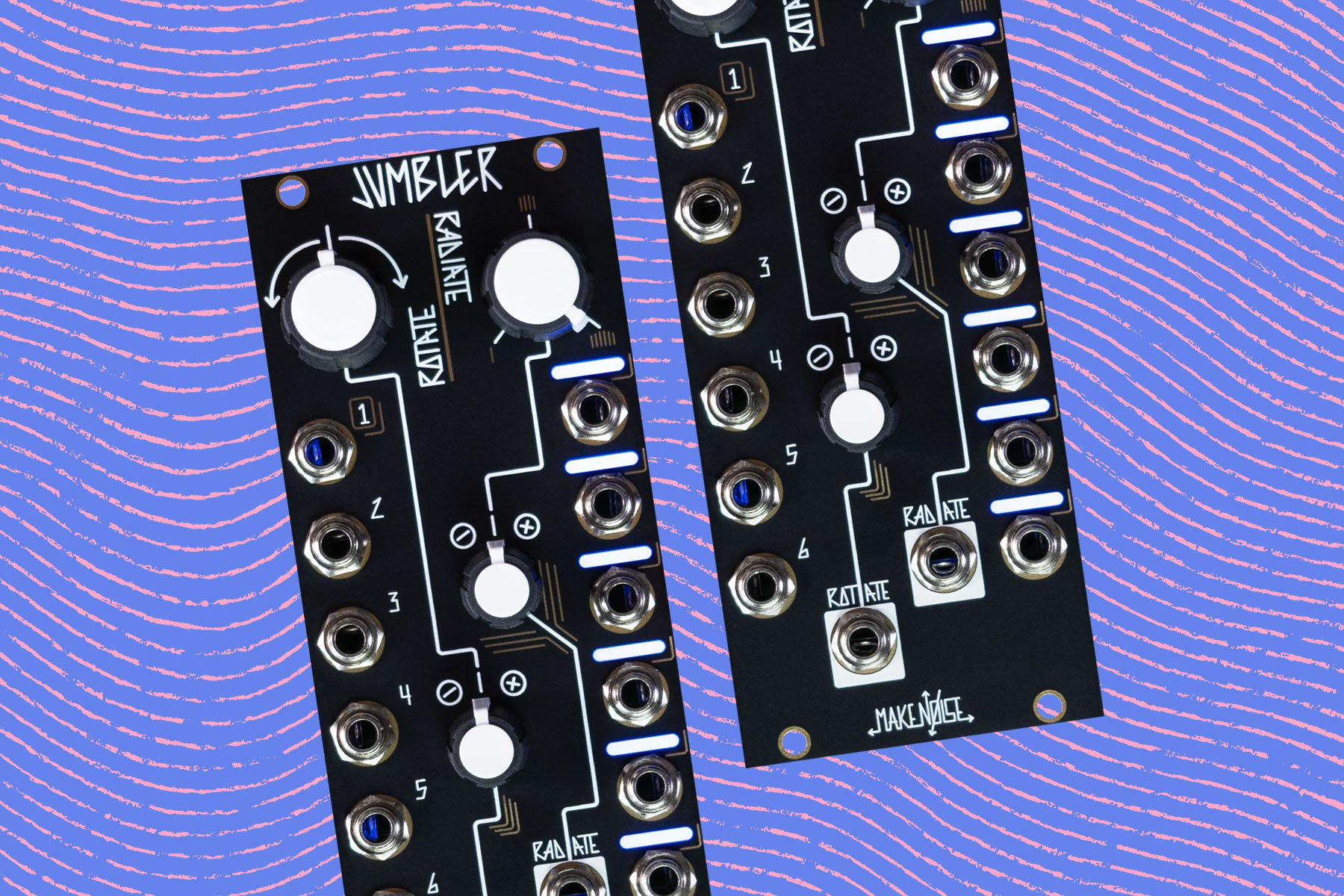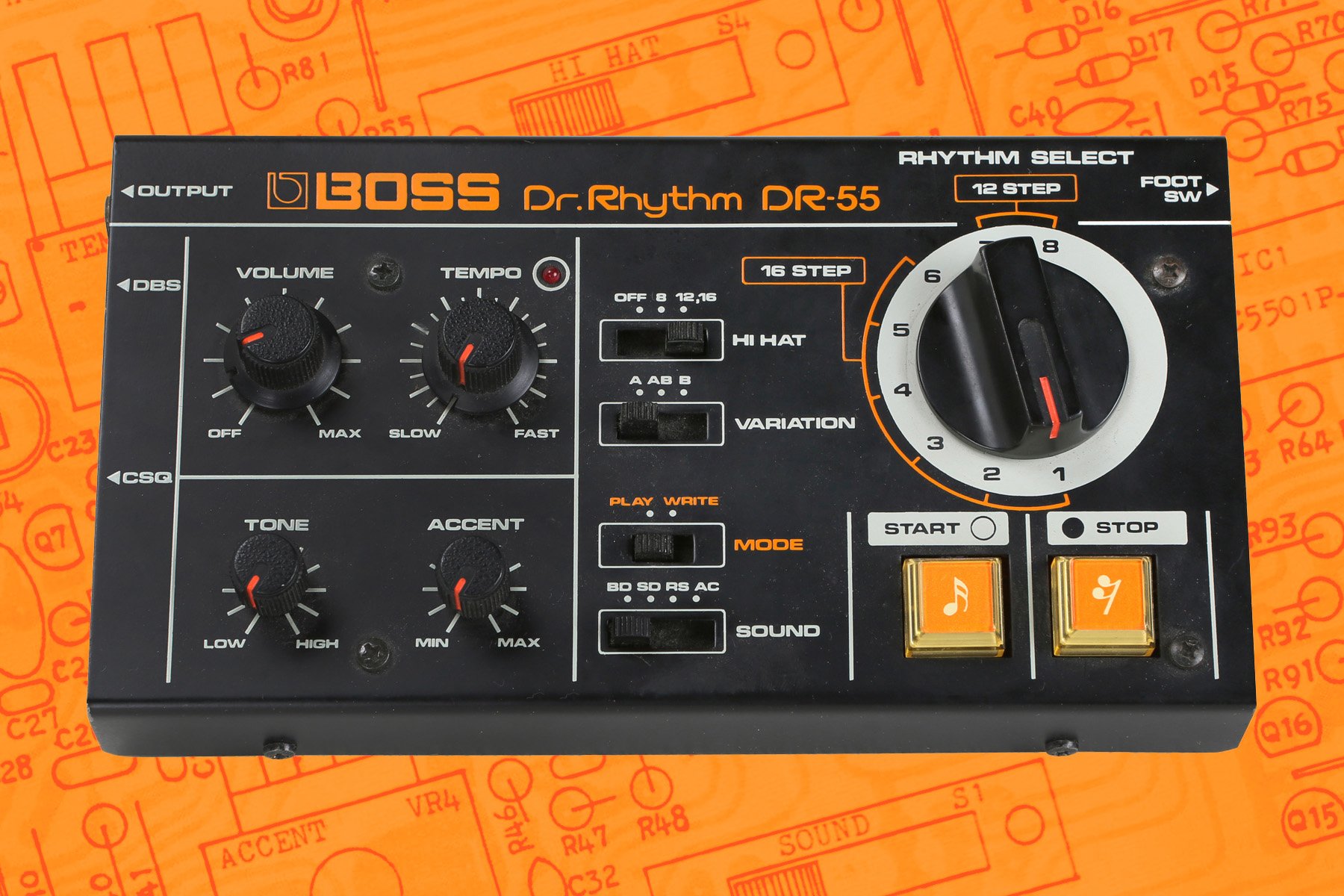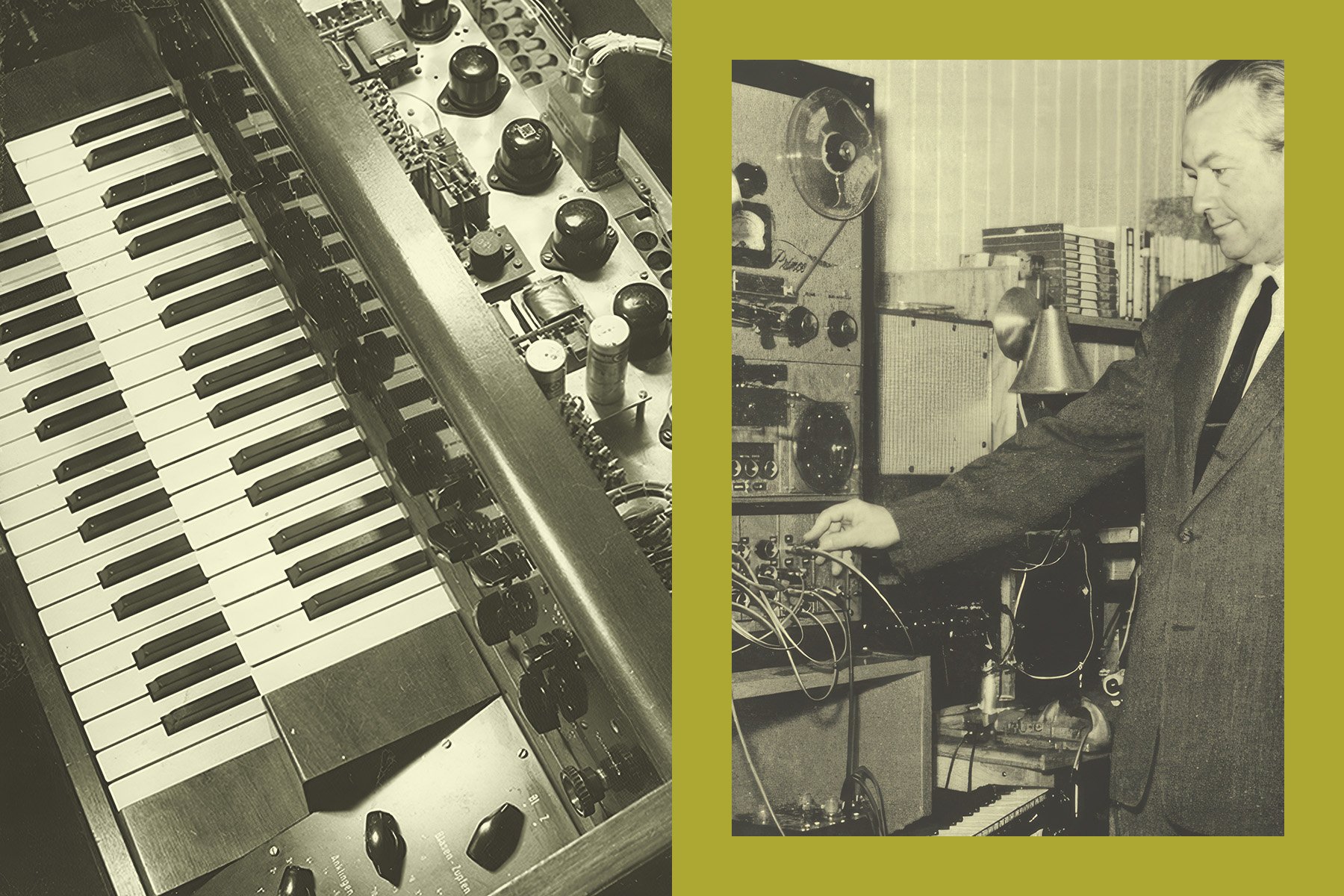As a newcomer to modular systems, figuring out the basics of signal flow can be something of an intimidating business. Even if you are well acquainted with theories of synthesis, a master of the DAW, and know your way around an OB-6, it’s a whole other ball game when all of the constituent parts are broken out. I won’t tell you how many embarrassing errors I made when I first delved into the Eurorack mine-shaft. I’ve got (something) of a reputation to keep up, after all. The concepts are actually fairly straightforward once you get the fundamentals down, and one of the most essential things to understand early on is the role of "multiples"—affectionately referred to as "mults." So what the heck are they?
Mults are simple, yet key utilities for any modular or semi-modular system. At their most basic, they split signals into multiple different copies. If in your starry-eyed youth you ever bought one of those headphone splitters to let both you and your boo listen to the same music at once, then you’ll already have a good idea of what they do. For those of you with more of a technical than romantic background, they are akin to a Y cable. See, I told you it was easy.
Why Would I Need a Mult?
Okay, so you get the idea, but when you use a mult? Well, there are plenty of situations where you might want or need to send multiple copies of the same signal to different parts of your system. One of the most common being to synchronize different modules with a master clock, such as ALM’s Pam’s Pro Workout. Sure, you could program Pam’s to spit out the same signal from each of the 8 outputs, but that would be a bit of a waste. To make the most of its possibilities, you could instead have each individual output programmed to a different division, and use multiples to split and direct the individual clock signals as needed.
Similarly, if you have multiple different sequencers running at once on a particular patch, one method for keeping them aligned is to send a ‘reset’ pulse at the end of the phrase. With multiples, this can be done easily, and only requires a single reset source. Envelopes can be triggered simultaneously by multed gates, and then those further split to do all sorts of wonderful things like modulate filter cutoffs, control VCAs, etc.
The usefulness of mults isn’t limited to control voltage either. One technique that I personally use all of the time is to take multiple copies of a single oscillator, run each of them through different FX, and record all of them at once, independently of one another. This gives me a lot of room to experiment in the moment, and retain flexibility in post-production to tweak the final result. If the delay sounds crap but the reverb is great, for example, I can just ditch one track and keep the other, or alternatively…blend them together.
Types of Multiples
External v. Internal
As you might expect, multiples can of course take the form of modules which are installed internally in your case just like any other would be—but they can also be deployed externally. The latter is a popular choice for the kinds of scenarios I’ve described above, and there are various options available at different price points. These include the Knucklebones from Hosa, which resembles some kind of kids’ toy, but is easy to spot amongst a tangle of cables, or the Ninja Star from Plankton Electronics. Befaco even have their wild looking 6-way Squid Cable, which reminds me of a Medieval torture device. Either way, keep an eye out from now on when watching videos of other people’s modular systems. If you see something dangling outside of the case, it’s probably an external mult. I think that it would be fair to say that everybody should have at least one of these. Dare I say even… multiple? (Okay okay, sorry).
Tiptop Audio's Stackcables provide an alternative to these hub style multiples. Inspired by the genius functionality of the banana cables found on Buchla and Serge systems, these 3.5mm patch cables feature both jacks and plugs in the same connector. This lets you more easily (and neatly!) split and distribute signals, which can be easier to follow in practice. Given their specialist function, they also tend to be of superior quality to the kind of cheap patch cables that folks often gravitate towards, which is an additional bonus. To be honest, they’re also just pretty satisfying to use for some reason. Don’t ask me to try and explain that.
Passive v. Buffered
HP is a precious commodity in the world of Eurorack, and you might be wondering why anybody would use up space in your fancy case for a dedicated mult module, when you can use something like a stackable instead?
The answer is that up until this point, we have largely been talking about what’s known as passive multiples. In other words: those that do not draw any power. As a result, every time the signal is split, there will be a slight decrease in voltage. For many purposes, such as trigger or gate multiplying, this is completely fine—there won’t be any notable impact. However, there are going to be situations where you will want an exact copy of a signal, and this is where buffered mults come into play.
Buffered multiples are powered, and more often than not will plug into your Eurorack system via a ribbon cable like any other module, ensuring that what you plug in to the input will be replicated accurately at the outputs. These are most commonly used when dealing with control voltages for impacting pitch, as any discrepancy in voltage will naturally be much more obvious. Let’s say you want to control two separate oscillators from a single source via their 1V/oct inputs. To give them a fighting chance of staying in tune with one another, it would be wise to opt for a buffered mult over a passive one.
There are tons of different buffered multiples available out there to suit the particular needs of the discerning modular user. These range from tiny 1u and 2hp varieties, all the way up to beasts like the 10hp Multiplicity XV from Division 6, which can produce up to 15 copies of a single input signal. Some, like Beast’s Chalkboard from ALM also act as precision adders, letting you do all sorts of cool things in addition to simple multiplying.
Copy That
Hopefully by now, you understand the necessity of multiples, and the wisdom of ensuring that you have different types on hand. A combination of stackcables, passive hubs, and dedicated buffered mults will see that you’re prepared for any potential patching desires, and make the whole process much simpler too. Go forth, and multiply.



